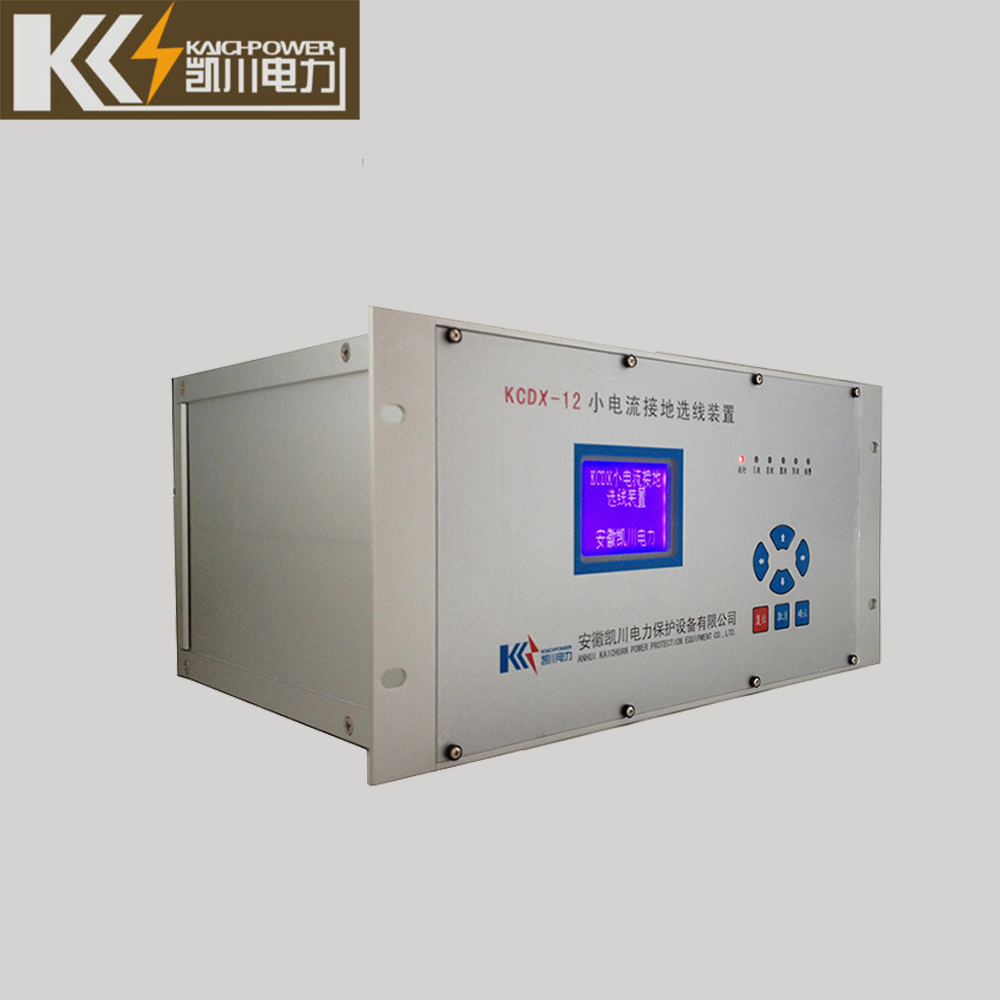In the intricate web of electrical components that form the backbone of our power systems, switchgear holds a pivotal position. It is the unsung hero of the electrical infrastructure, quietly managing the flow of electricity, ensuring its safe and efficient distribution. However, with the increasing complexity and demand for continuous power supply, switchgear protection has become paramount. This article delves into the intricacies of switchgear protection, its significance, and the evolving techniques to safeguard this vital component.
The term “switchgear” encompasses a range of devices that facilitate the control and distribution of electricity. It plays a crucial role in the operation of power systems, regulating the flow of current and ensuring the smooth operation of electrical equipment. Switchgear can be found in various applications, from power stations to distribution networks and even in our homes.
Switchgear Protection: A Necessity
In a world where power outages can mean significant financial losses and have a profound impact on daily life, it’s essential to safeguard switchgear against potential failures. Electrical faults or equipment damage can lead to power outages, equipment damage, and even pose a safety hazard to personnel. Switchgear protection aims to mitigate these risks by employing various measures to detect and mitigate faults before they lead to larger problems.
Methods of Switchgear Protection
The art and science of switchgear protection involves a range of techniques designed to safeguard the equipment. Some of the common methods include:
- Overcurrent Protection: This method involves the use of fuses or circuit breakers that trip in case of excessive current flow, preventing damage to the equipment.
- Short-circuit Protection: Specialized devices detect short-circuits and interrupt the current flow to prevent damage.
- Earth Fault Protection: This method utilizes earth leakage sensors that detect any unintended current flow to ground and take corrective action.
- Voltage Protection: Voltage sensors monitor voltage fluctuations and take action to prevent voltage surges or sags that could damage equipment.
- Reclosure: In case of temporary faults, reclosure mechanisms allow for automatic resetting of the circuit breaker, ensuring faster restoration of power.
These methods are not standalone; they often work in conjunction with each other, forming a layered approach to switchgear protection.
Advanced Protection Strategies and Future Trends
As power systems evolve and become more complex, so do the demands on switchgear protection. New technologies are emerging that seek to improve the reliability and efficiency of switchgear protection. Some of these include:
- Intelligent Circuit Breakers: These advanced circuit breakers incorporate digital technology, allowing for real-time monitoring and remote control, improving response times during faults.
- Artificial Intelligence-Based Protection: The integration of AI algorithms into protection systems can enable more accurate fault detection and faster response times, reducing the impact of faults.
- Internet of Things (IoT) Integration: The IoT enables switchgear devices to communicate with each other, providing a holistic view of system health and enabling proactive maintenance measures.
- Condition-Based Monitoring: This approach involves regular monitoring of switchgear’s operational conditions, enabling identification of potential issues before they lead to failures.
- Virtual Reality and Simulation: These tools allow for realistic simulations of fault scenarios, enabling more effective training and evaluation of protection systems.
Switchgear Protection: A Case Study
To illustrate the practical application of switchgear protection, consider a medium-sized power distribution system serving a residential area. The system experiences regular surges in demand, making it crucial to safeguard the switchgear against overcurrent damage. To address this, the system employs an advanced overcurrent protection mechanism that incorporates a combination of fuses and automatic circuit breakers. These devices are monitored remotely using an IoT-based platform that provides real-time data on current flow and any potential issues. In case of an overcurrent event, the breakers trip automatically, preventing damage to the switchgear and ensuring continuous power supply. This case study highlights how modern protection methods can enhance the reliability and efficiency of switchgear in real-world applications.
Conclusion
In conclusion, switchgear protection is a critical aspect of ensuring the reliable and safe operation of electrical systems. It involves a range of techniques that aim to mitigate potential failures and extend the lifespan of switchgear components. As power systems continue to evolve, it’s essential to stay abreast of emerging protection strategies that leverage new technologies for improved reliability and efficiency. By investing in effective switchgear protection measures, we can ensure that our electrical infrastructure continues to deliver uninterrupted, reliable power for years to come.
Email: kaichelectric@gmail.com
